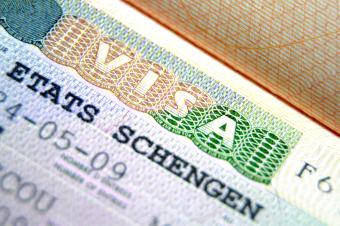Selection Systems
Recent Activity

This year’s Immigration Law and Policy Conference examines the immigration policy agenda under the Trump administration, including changes in the asylum system; the vast societal upheaval brought on by COVID-19 and the rising racial justice movement; what the future of U.S. immigration may look like; and many other topics related to U.S. immigration policy.

As the European Union prepares to review the implementation of its Seasonal Workers Directive, as well as countries such as the United Kingdom continue to explore new approaches to selecting seasonal workers, this webinar features findings from a policy brief on the topic.

This discussion marked the launch of MPI's Rethinking U.S. Immigration Policy Initiative, which aims to generate a big-picture, evidence-driven vision of the role immigration should play in America’s future, as well as to build a bipartisan center so needed reforms can be enacted.

With the U.S. administration calling for the United States to adopt a more “merit-based” immigrant selection system, this conversation focused on what policymakers should consider in designing—and managing—immigrant selection systems in a time of intense labor-market and demographic change.

This webinar highlights findings from an MPI report examining the potential impacts of expected changes to the public charge rule by the Trump administration. Leaked draft versions suggest the rule could sharply expand the number of legally present noncitizens facing difficulty getting a green card or extending a visa as a result of their family's use of public benefits. The rule likely would discourage millions from accessing health, nutrition, and social services for which they or their U.S.-citizen dependents are eligible.
Pages
Recent Activity
Los cubanos constituyen el mayor grupo de inmigrantes caribeños en Estados Unidos. La población está creciendo, ya que en los últimos años se ha producido la mayor oleada de emigración de la historia moderna de Cuba. Este artículo ofrece estadísticas clave sobre los 1.3 millones de inmigrantes cubanos en Estados Unidos.
Cerca de 855,000 inmigrantes colombianos residían en los Estados Unidos, lo que representa alrededor del 2 por ciento de los 45.3 millones de inmigrantes estadounidenses en general y el grupo más numeroso procedente de Sudamérica. Casi uno de cada cuatro inmigrantes de Sudamérica en los Estados Unidos procedía de Colombia.
Los centroamericanos representan menos de una décima parte de la población de inmigrantes en Estados Unidos. Pero su número se ha multiplicado por diez desde 1980. Este artículo proporciona una mirada integral a esta población.






















Canada's New Tech Talent Strategy Takes Aim at High-Skilled Immigrants in the United States